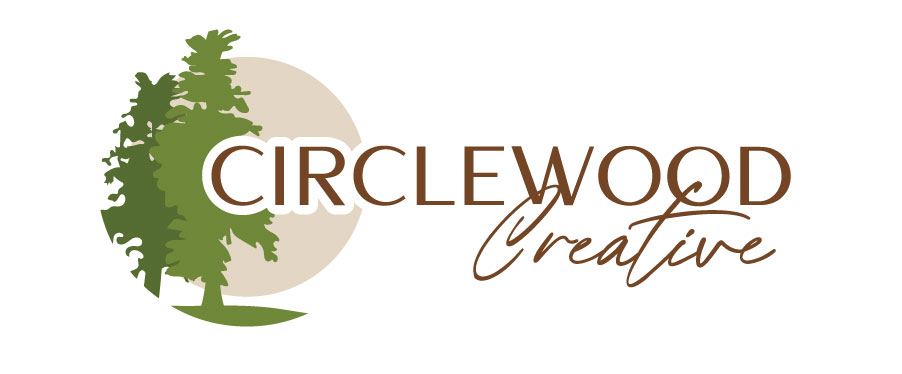A communications strategy is a plan that details how you will communicate with your target audience. Your audience could be internal (employees) or external (customers).
A coherent, well-defined communications strategy will help your company reach its goals, increase brand recognition among customers, and build employee trust. Ultimately, you should align your communications strategy with your company vision.
What are your company’s goals?
Your goal of a communications strategy is to help your company achieve its goals. Therefore, it is imperative to have a thorough understanding of what those goals are.
When creating your communications strategy, the first step is to clearly define your company’s goals and the communications strategy’s goals. The goals of the communications strategy should reflect (and help you reach) your broader company goals. Consider your short-term and long-term goals and the timelines for each.
What are the key components of your brand personality and voice?
Your brand voice should be present in all of your communications material. Maintaining a consistent brand identity is vital for building recognition among audiences.
Consequently, your communications strategy incorporates your brand personality and voice. By defining the key components of your brand identity, it’s easier to integrate these features throughout the communications material.
Who is your target audience?
Now that you understand your company goals and brand personality, it’s time to focus on your target audience. An effective communications strategy is tailored to the people it is trying to reach. You should understand who your target audience is, their characteristics, how they receive communications, and what style of communication will generate the best results.
Additionally, you should identify if your target audience is internal or external.
What is your message?
Ultimately, your communications strategy is getting a message to your target audience. What is that key message or messages? Get as clear and detailed as possible. Consider how this message can provide value to your target audience.
How, when, and where will you communicate your message?
There are many ways to communicate a message. Blogs, social media, websites, press releases, email campaigns, radio, customer letters, and brochures are some options. Choose the method most likely to reach and resonate with your target audience. Your message needs to be where your audience will most likely see it.
Who will do the work?
An effective communications strategy is essential to your company’s success. It’s an important and complex undertaking that requires time, skill, and in-depth knowledge of communications techniques. For many businesses, it makes sense to outsource the development and execution of your communications strategy.
Circlewood Creative can help. We offer cost-effective communications consultation and solutions. Our team ensures that all communications material reflects your brand identity and gets you closer to your goals.





